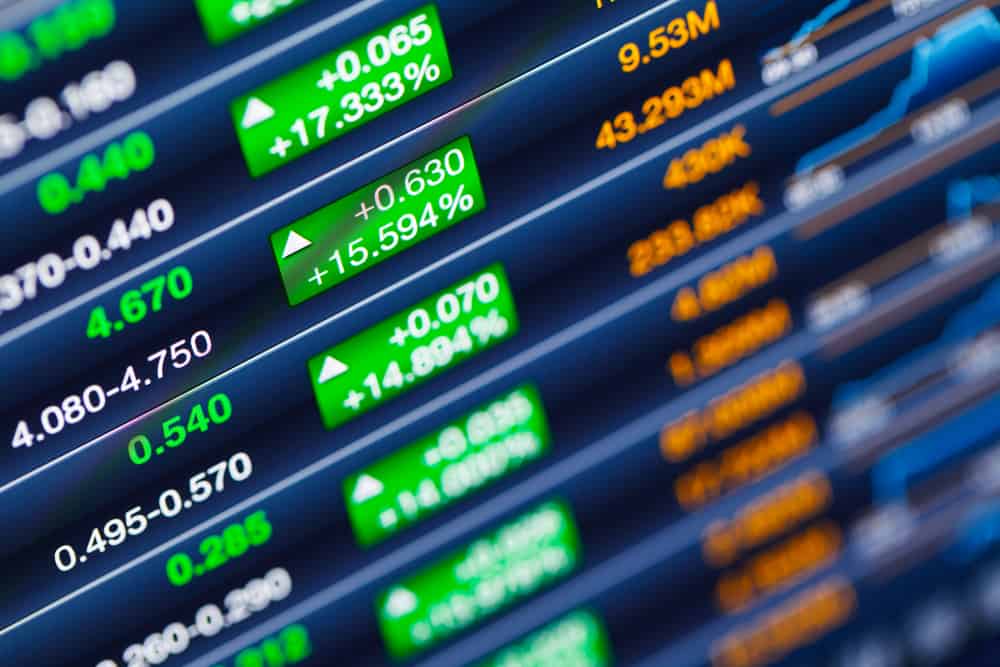Wall Street is Flashing Warning Signs

Author: Michael Stern
Last Updated: 14 September 2020
There have been signs lately that the dramatic rise in the stock market is unsustainable. With investors driving the market value of Tesla up to the point where it exceeds that of JPMorgan Chase and Citigroup combined, and the $2 trillion market cap of Apple surpassing that of 2,000 companies making up the small-cap Russell 2000, euphoria certainly was running wild on Wall Street.

The runaway train was derailed earlier this month. On September 3rd, the Dow dropped over 1,000 points or about 3.5 percent. The session closed with the Dow down 808 points, or 2.8 percent.
The Nasdaq fared worse, dropping as much as 5.8 percent during the day. Pandemic winners such as Apple and Zoom tanked. Even mighty Amazon fell by 5 percent, although this drop is overshadowed by the fact it has risen a mind-boggling 82 percent on the year.
The question now is, “Will the rally get back on the rails or was this an indicator of the beginning of a pullback in the market?”
Is More Turmoil on the Way?
There has been an unusual movement in the VIX volatility gauge. Under normal circumstances, the VIX is muted when stocks in the U.S. are hitting record highs. However, there has been concern in recent days. The VIX kept rising as the S&P 500 was making new highs. The VIX and the S&P 500 both hit new highs. Daryl Jones, research director at Hedgeye Risk Management, sees this as, a “red flag.” Jones sees the market at a risky point, heightening the risk of a crash.
The Signs Are Worrisome
The VIX is well below the record high of nearly 87 on March 16th when the coronavirus pandemic created worldwide chaos.
In March, the VIX was heading straight up, and it made sense. The S&P 500 saw the worst day since the mid-80s. The Dow lost close to 13 percent. Selling was so furious that trading on the NY stock exchange was halted for 15 minutes.
Here it is, mid-September, and financial markets are very different. The S&P 500 is at record highs, up over 60 percent from the low set on March 23rd. The Dow closed above 29,000, the first time that has happened since February. These record highs would typically imply a low VIX, but that is not the case. Volatility in the market has historically gone down when stock prices go up. This pattern has broken down.
The Hopes of a Vaccine Underpin the Five-Month Rally
The rebound in stock prices from mid-March lows is being driven by the emergency aid being pumped into the economy. The Fed has slashed interest rates to zero. The Fed has also purchased billions, if not trillions, of dollars in bonds. The Fed has categorically stated that they will keep the “pedal to the metal” as long as necessary.
The Federal Reserve’s rescue plan is over and above the federal government’s record levels of assistance. Investors continue to be optimistic that a coronavirus vaccine will be universally available in the near future. Although investors are somewhat confident, Dr. Anthony Fauci is not of the same opinion.
Pre-election Fears
Randy Frederick, VP of trading at Charles Schwab, believes the rise in the VIX, along with an increase in the stock market is somewhat overblown. Mr. Frederick believes it is a “caution flag” rather than a reason to panic.
Mr. Frederick went on to say that the VIX doesn’t predict a market crash. It tends to react to them. He argues that investors have legitimate concerns right now, primarily because of COVID-19 and the upcoming Presidential election.
Paul Hickey of Bespoke Investment Research notes the market has had a good run. Hitting a little snag is more than likely to be grossly exaggerated than had it came along slowly.
One thing is for sure. The market cannot keep going straight up ad-infinitum.
BWCEvent aspires to share balanced and credible details on cryptocurrency, finance, trading, and stocks. Yet, we refrain from giving financial suggestions, urging users to engage in personal research and meticulous verification.


